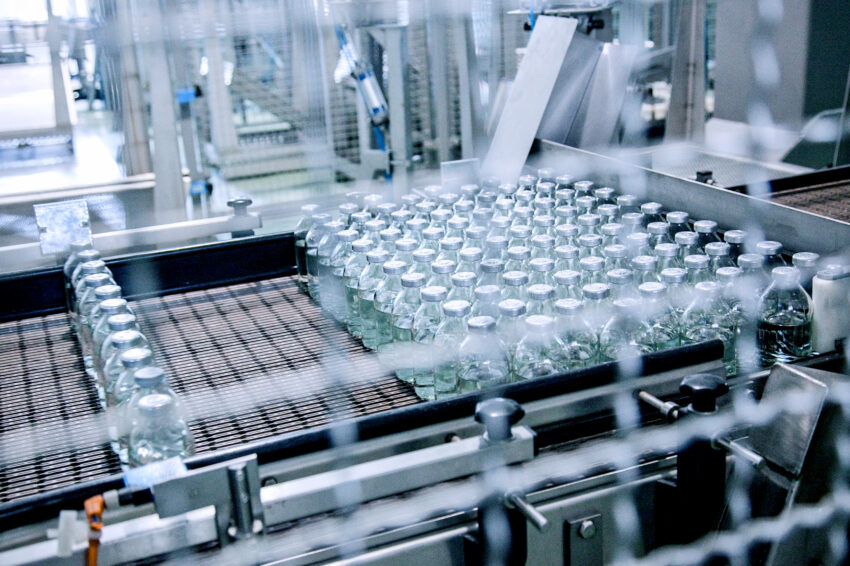Pharmaceutical processing is typically handled in a “batch” system, consisting of step-by-step procedures for manufacturing products. Each step must be complete for the next to commence, and once one “batch” is completed, the next begins. There can be up to six or seven steps in each batch of production, requiring up to six or seven different machines, manufacturing lines and teams to create a batch. When a recall occurs, industry professionals can trace back to the batch where an issue occurred and ameliorate issues for future batches.
When the International Society of Automation first published its ANSI/ISA88 standards in 1995, the goal was to provide processors with standards and recommended practices as appropriate for the design and specification of batch control systems. This spurred the development and release of S88-based software solutions designed to simplify the process of implementing and modifying recipe procedures without complex software programming.
The goal of the software was to allow recipe creators or operators to modify recipe parameters, procedures, production schedules, batch start rules, equipment utilization, or to scale batch amounts more easily, and at any time.
“For years, if you were responsible for creating recipes in a plant, you had to also know how to program the control system. So, if it was your job to build recipes that task always involved programming until the S88 standard came along.” explains Bob Ard, Senior Advisor at Valmet. Valmet is a leading global developer and supplier of process technologies, automation, and services for many process industries.
Ard says now, with flexible batch control software, any programming is completed ahead of time and only for the lowest level of control tasks, such as opening and closing valves, increasing temperature, pH control, adding materials, etc. These fundamental building blocks are called Phases in S88.
The result of this S88-style approach is a safer, more intuitive process that reduces the amount of programming, simplifies the implementation and modification of new recipes, and ensures batch cycles are more consistently executed with the proper timing and procedure.
State-based control generally works best for continuous processes, while FlexBatch is preferred for batch processes. Setting that aside, Bob Ard says the general rule of thumb is to use flexible batch control for recipe-driven Units and state-based control for all others.
So, what are the benefits of using flexible batch control for pharmaceutical processes?
Benefits of state-based control
• Utilizes recipe files to process material
• Enhances production for products with the same procedures
Benefits of flexible batch control
• Integrates recipe management and the manufacturing process
• Reduces dependence on control engineers
• Enables use of drag-and-drop interface for recipe development
• Eliminates programming for new and modified recipes
• Offsets initial cost with reduced DCS implementation time
For more information on Valmet and its process automation systems, please visit https://www.valmet.com or contact them at 410-753-8300.

